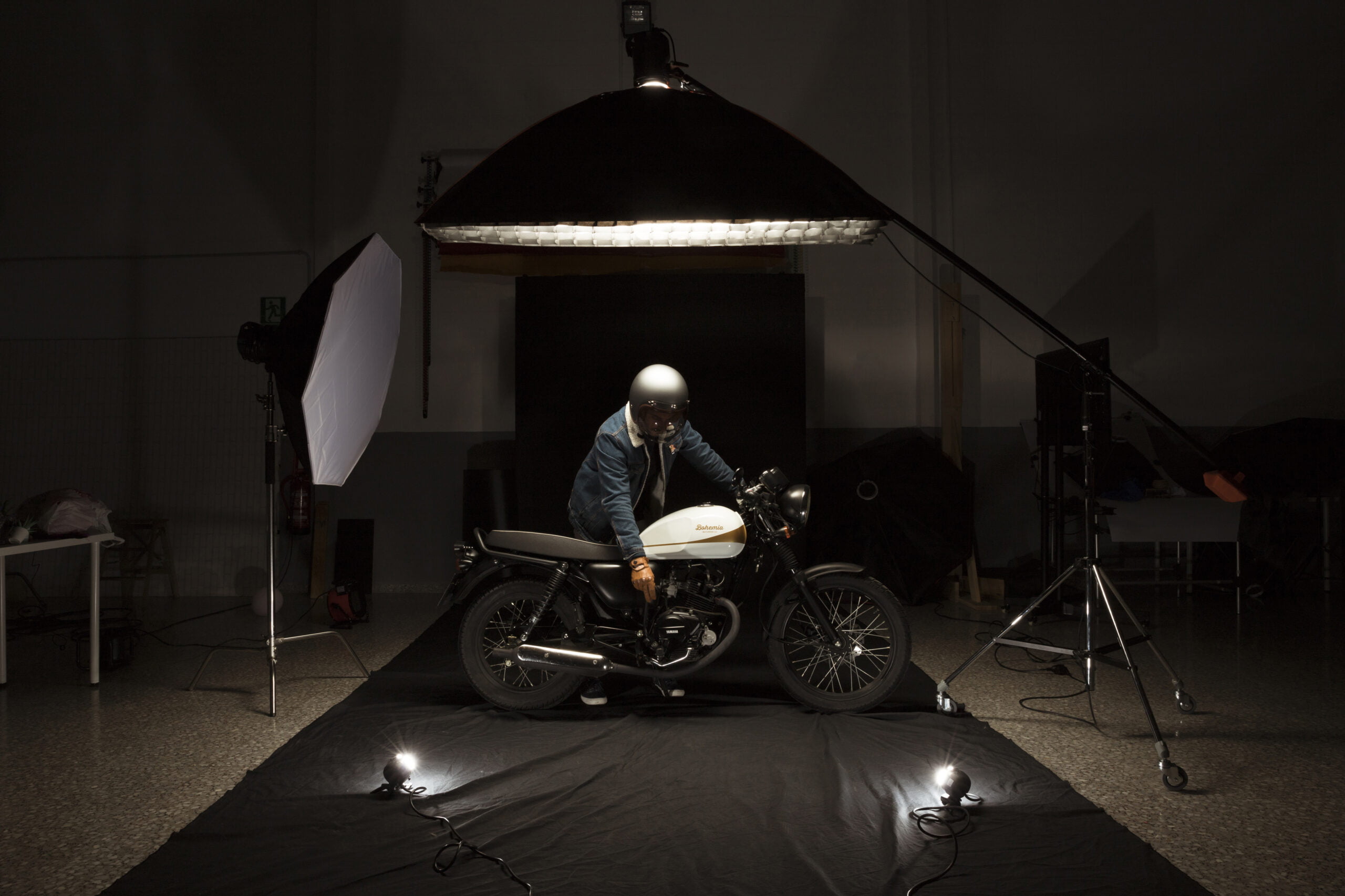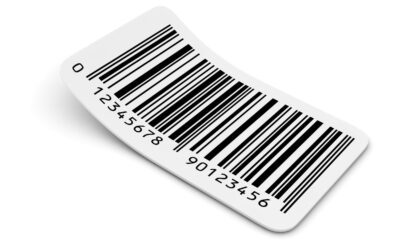Movies are not just teamwork. Teamwork implies one group of people working on one thing. Movies are so much more than that. Yes, at any one time during the production phase, there may be one main team working on the movie. Maybe it’s even a smaller project with a close-knit and talented team. Sooner or later, however, there could be many teams working on a project together. Asset tracking can do so much to help out with teamwork. Find out how below!
One team made sound, one team was in charge of lights, one team filmed, more than one team edited, one team pointed everyone in the right direction, one team found the directions, and one team wrote. There’s such a wide array of things to do to create something magical, musical, and enticing on screen.
It may seem impossible to keep track of everything, but with careful planning, tight communication, and great delegation skills, it is possible. There are ways of making this easier, however, such as using asset tracking. Because of the density of work that has to be done on any film, whether music video or blockbuster, certain teams tracking their assets can help. Especially when those at the top, delegating and hiring, can also see and track the same assets.
This article is the first of many on how asset tracking can help make a movie, so to take a whistle-stop tour, how can asset tracking help at each stage of the filmmaking process?
The Filmmaking Process
The Filmmaking process can be long, but with every step and every change, it gets more and more exciting at the moment. The phases of making a movie can help break down every step of the process and make everything a little bit more manageable, but this doesn’t mean that it can’t be made even easier with asset tracking.
Asset tracking can help you along every step of the way because there are so many materials and so much equipment that go into movie magic, and every single thing is important. If that light goes missing, filming can screech to a halt. After all, it’s always helpful when the audience can actually see the actors.
So, what can it do at each stage? How can asset tracking help you inventory?
Pre-production

The pre-production stage is for planning and to pin down the vision. There are lots of scrunched-up sheets of paper. There are a lot of frowns and thinking hard. There are a lot of creative differences.
If there aren’t physical assets, however, and if it’s all in your head or scribbled on sheets of paper, how can asset tracking help?
This may depend on you. It may depend on how you work. You might be making an unscripted film or a film with deliberate gaps for improvisation. You might be like Kubrick, however, and have seventeen drafts of your script to stick to, ready to take shot after shot after shot after shot of the same scene.
Whatever it may be, there will always be a planning phase at pre-production. There should be timetables drawn out in order to keep your actors and crew happy, drafts of the screenplay, some with director notes and some without, and plans about the needed equipment, amongst other things.
These, therefore, are your assets. With itemit, you’ll be able to categorise your screenplays and inventory them so that they don’t get mixed up with your storyboards. Also, you’ll be able to link your storyboards, your tools needed, your shot lists, and your screenplays so that when you come to check what’s needed for a day of shooting, it’s all in one place. On top of this, with AV equipment tracking software, you don’t even need to tag physical assets; you can enter your thoughts or ideas into the app if you need to!
When you start purchasing gear, with a better inventory system and a better and faster way of planning, there is much less of a chance that duplicates will be bought or that equipment thought to be needed will turn out useless. Furthermore, a more structured method for monitoring assets will make it easier to determine what needs to be located where and when, ultimately leading to time and cost savings. No more running after the cameras that have ended up somewhere where they shouldn’t be!
Production

Picture the scene. EXT. MOVIE SET. DAY. The morning sun is rising. This shot will be on the trailers, the posters, and everything else because the gleaming rays are so gorgeous as they rise from beyond the horizon. The director has a tear in their eye as they look beyond the sunrise. They’ve made it. Years of student films and paying their dues, and now… Now they’re finally here. Even the method actors break characters to crack a smile.
The director takes a deep breath. “Lights. Camera. Action”. There is a pause. “We don’t have the right camera.” Someone calls out. The sun rises. The shot is gone forever. Of course, this is the worst-case scenario, but nobody wants to be in this situation. Everyone in the film industry knows that things hardly ever go according to plan, but with asset tracking, there’s less that can go wrong.
One of the most attractive things asset tracking and management can give you in the production stage will make the cast, the crew, the bosses, and the extras leap with joy. It can help save you time when you’re setting up a scene.
If you know where all of your investments are at the beginning of the day, when you’re staring at the field that’s going to become a battleground or a campsite or the scene of a grizzly murder, then knowing what you need to bring in, when, and how will help everything run a lot more smoothly and a lot more quickly.
The faster you set everything up, the higher the morale, the less money you need to spend on venues, the easier it is to meet deadlines, and the better the performances. This is an extra breath of fresh air if your actors don’t like waiting around. If, while they’re standing around in their coats with their breath on the wind, every coffee gets them more and more riled up, less time on setup is more than welcome unless their frustration is going to improve their performance, in which case you can deliberately go slowly. With the use of asset tracking devices, you do not need to worry about those hurdles anymore.
In addition to this, production is broken up into teams. So, so, so many teams. There’s the lighting team, the sound team, the camera team. In fact, there’s almost a separate team for everything to capture life as closely as possible. With itemit, it’s a lot easier to delegate and trust that the teams are doing everything that they should. You’ll be able to sit back and know that the lighting team have inventoried and managed their gear efficiently, so they’ll know sooner if something goes wrong. RFID asset tracking software makes it possible. This means that there’ll be fewer breakdowns on set, whether that’s in terms of a floodlight, as itemit can give reminders about when tools need to be serviced or if it’s in terms of the Director.
One of the best things about the movie business is that it’s always growing and improving (in general, some recent films can be ignored here). The technology itself, though, is always improving. It’s more important than ever to keep track of your assets because there’s always something new that has a new purpose that you might want to invest in. If you want the next “steadicam” and think it’ll improve your film, you can more easily see how well it fits in with your existing gear.
This is also related to film equipment management in general. You may have a camera, but that’s not necessarily enough. Technically, yes, it is enough. If you have a good vision, good planning and good actors, all you need is a smartphone to make movie magic. However, film equipment management is not an easy task if you’re making something with more of a budget or something that you want to be more crisp and professional. It’s helpful, therefore, to be able to link the shotgun mic to the tripod, the camera, the “dead cat,” and the lenses with the itemit app. Then, you’ll be able to build what you need much faster. If you instantly know where everything is and if it’s linked together, less time is wasted, and more filming is done.
Of course, there are also props. If prop managers can inventory more efficiently and better, then it’s a much more instant process of “have you got this?” “One second…” *checks the itemit app* “Yeah”, rather than having to rely on memory. This cuts down on the possibility of buying duplicates, and because the assets are tracked, props can be found a lot more quickly, meaning that there’s more time for other things or more time to look at more props and find the one that looks the best for your movie.
Wiring can also be a bit of a nightmare when it comes to filming. Not only do you need to make sure the wattage is correct to make sure there is no shortage on set, but cables also have to be hidden so that illusions and magic aren’t broken. RFID tags make it possible to track wiring to label the wattage and keep the wiring hidden. RFID scanners don’t need a line of sight to “find” assets, so your movie can be kept as gritty and as real as possible.
Post-production
It has been years since celluloid was the favourite method of making films. This doesn’t mean you won’t be making yours on celluloid and splicing it the old-fashioned way, but no matter how you’ve filmed your movie, whether it’s digitally or not, you will have footage somewhere.
This footage needs to be shipped to a variety of different places, and backups after backups are needed. Even if it’s mostly online, you will still have a lot of physical film, such as memory sticks, SD cards, and maybe even celluloid. This footage then needs to go to editors, whoever you’re commissioning to make the trailer, and special effects artists. Edited footage then needs to go to sound designers, Foley artists, and musicians. Every piece of footage seems to breed several more. In short, there’s a lot of footage going to a lot of different places, so asset tracking can help speed this up. This is where asset tracking devices and equipment maintenance tracking software become invaluable. With a spreadsheet, there’ll be far too much to track, but with itemit, the process is a lot faster and a lot easier. If the editor doesn’t have their footage when they need it, there are delays.
With asset tracking, you can track where everything is, which scenes you’ve sent to who, and which software is being used by which people. So, even if you aren’t using physical assets to track the film and you are mostly online, you can use tool asset tracking laptops or computers themselves to see who is supposed to have what and when and whether they actually do or not.
In the post-production phase, time is of the essence. The deadline seems closer than ever, so it’s important to know where you’re really at any given moment. This is also because you don’t know what reshoots are needed or what dubbing. If you discover this faster, you can still spend less and work more consistently towards a set deadline. The use of asset tracking using RFID helps you stay on top of reshoots, dubbing, and any last-minute adjustments, allowing you to work more efficiently and stay on track for your deadline.

Closing Scene
This was itemit’s first article on the film industry and a bit of a quick tour. There are so many different teams that can benefit from asset tracking for films that, in the future, we’ll be looking into them more specifically.
Foley artists and all of their materials, camera teams and all of their kit, editors and all of their software and computers. There is so much to do, so ensuring synchronisation is of utmost importance. With itemit, this is a lot easier, and instead of just lots of smaller teams working on different things at different times, asset tracking can bring everyone together and bring the vision to an audience near you.

Try itemit
Choose a better way to track
your assets.
Start your free 14-day trial now!
Frequently Asked Questions
What Advantages Does the Film Industry Gain From Utilising Asset Management Systems?
Asset management systems enhance effectiveness, minimise equipment loss, and simplify procedures by monitoring asset location and status, offering comprehensive reports, and optimising resource distribution.
What are the Benefits of Using RFID Asset Tracking Software to Manage Film Equipment?
RFID asset tracking provides immediate visibility of assets, lowers the chances of loss or theft, and streamlines inventory audits, resulting in time savings and decreased human errors.
How Does GPS Asset Tracking Help in Managing Assets in the Film Industry?
GPS tracking keeps tabs on assets’ movement and exact whereabouts, assisting in managing logistics and transportation, as well as rapidly locating misplaced equipment.
What Are the Advantages of Using AV Equipment Tracking Software for Film Productions?
AV tracking software helps maintain audiovisual equipment availability and condition, minimising delays and rental expenses while ensuring top-notch tools are consistently prepared for use.
What Are a Few Typical Scenarios of Asset Tracking Used in the Film Industry?
Typical applications involve monitoring cameras, lights, and vehicles, tracking equipment usage and upkeep, and ensuring assets are transported promptly to filming sites.

Keep Learning
itemit Blog
Tips, guides, industry best practices, and news.
What Is Active RFID? A Complete Guide to Smart RFID Tags
Discover what Active RFID is, how active tags function, and the key benefits and use cases that make this technology essential for modern tracking systems.
Everything You Need to Know About 2D Barcodes
Discover everything about 2D barcodes, including how they work, their benefits, and how they are revolutionizing industries and improving business operations
Complete Guide to Asset Lifecycle Management and Its Benefits
Learn about asset lifecycle management and how it helps businesses optimize asset usage, reduce costs, and improve efficiency throughout the asset’s life.



